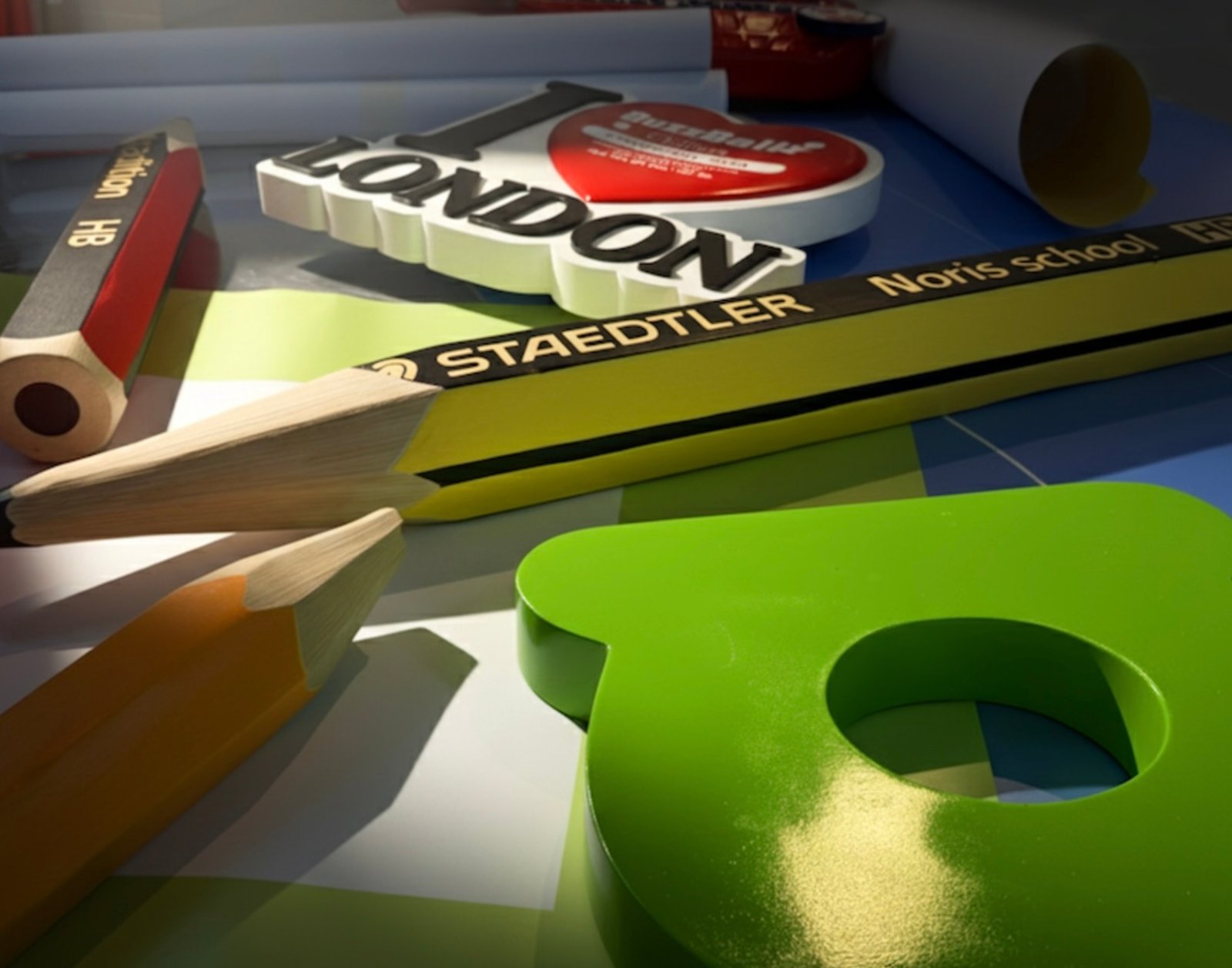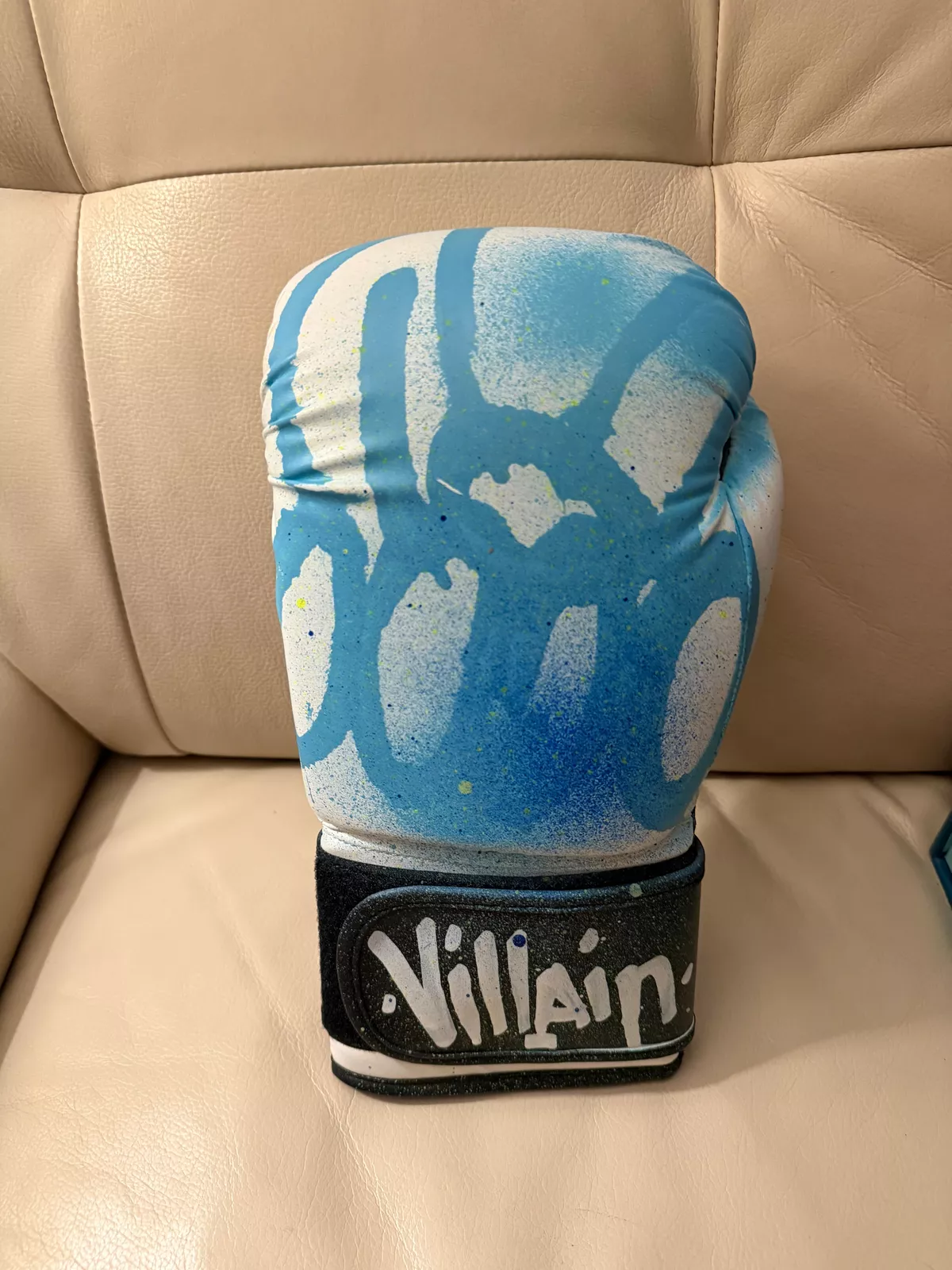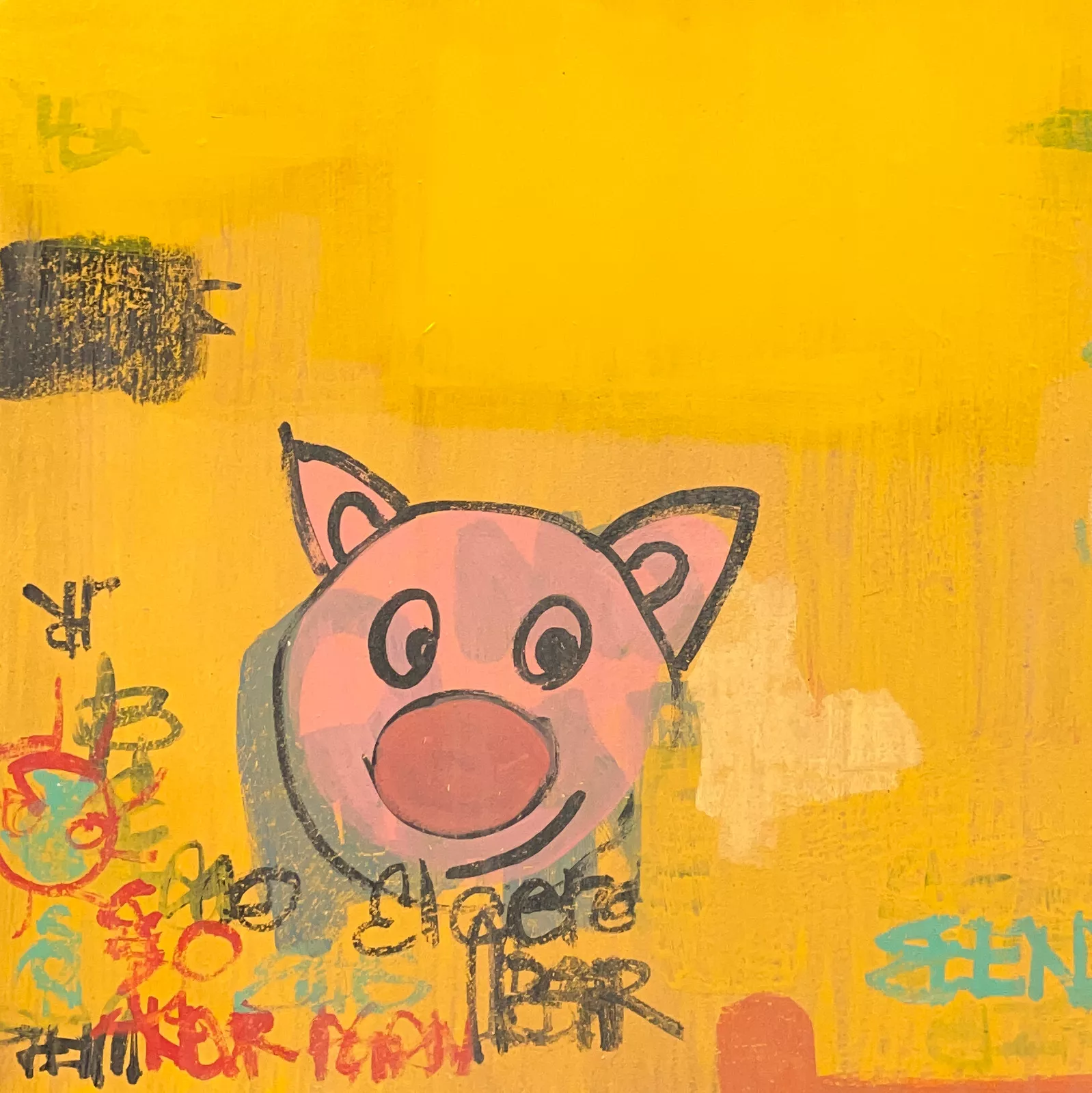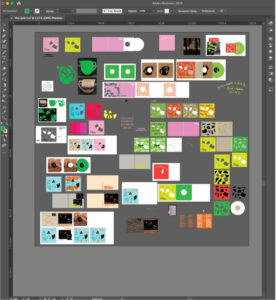Isabelle Pelletane’s “Joyful” is a stunning example of contemporary abstract expressionism, characterized by its vibrant colors, energetic brushstrokes, and emotional resonance. As part of her growing body of work, “Joyful” continues to reflect Pelletane’s commitment to creating art that transcends mere aesthetic appeal, seeking instead to capture the essence of human emotion and energy.
One of the most immediately striking aspects of “Joyful” is its bold use of color. The palette Pelletane chooses is exuberant and intense, filled with bright yellows, pinks, blues, and greens that seem to pulse with life. This is characteristic of much of her work, where color is not merely a decorative element but a central component of the emotional landscape she seeks to create.
In “Joyful”, the colors are not carefully blended or muted; instead, they exist in bold contrast, creating a visual tension that demands the viewer’s attention. The bright, almost neon-like hues lend the piece a sense of immediacy and vitality. The title, “Joyful”, is perfectly embodied in these color choices, as they evoke feelings of optimism, energy, and happiness.
Yet, Pelletane’s use of color is not just about creating a cheerful atmosphere. There’s an underlying complexity to her color palette that invites deeper reflection. The juxtaposition of warm and cool tones within the piece adds depth, suggesting that the joy expressed in the work is multifaceted. The varying shades imply that joy is not a simple, one-note emotion but rather a rich, layered experience that can encompass moments of peace, excitement, and even introspection.
Beyond the use of color, the composition of “Joyful” stands out as one of its most dynamic features. The painting is constructed in a way that feels free-flowing and spontaneous, yet there is a clear sense of balance and intentionality behind the arrangement of shapes and forms. Abstract works often risk falling into chaos, but Pelletane skillfully manages to create a composition that feels alive with movement while maintaining coherence.
The eye is naturally drawn to different areas of the canvas, moving from one section of color to the next, following the arcs and lines that Pelletane has created. These lines and shapes—some sharp and angular, others more rounded and organic—give the impression of continuous motion, as if the painting itself is in a state of constant flux. This sense of movement is a defining feature of her work, which often feels like a snapshot of energy captured mid-explosion.
In “Joyful”, this movement is not aggressive but celebratory. The way Pelletane arranges the brushstrokes, some thick and bold, others more delicate and wispy, suggests a dance or a celebration. This is reflective of her broader style, which seeks to evoke emotion through the kinetic energy of her compositions. In this case, the movement within the painting reflects the joy and vitality that the piece is named for.
Another key aspect of “Joyful” that contributes to its emotional impact is its texture. Pelletane uses acrylics on canvas, a medium that allows her to experiment with layering and textural effects. In “Joyful”, the layers of paint seem to rise from the surface, adding a tactile dimension to the visual experience. The physicality of the paint itself becomes a part of the artwork’s energy, as Pelletane’s brushstrokes are not hidden but proudly displayed, with each stroke contributing to the overall texture of the piece.
The texture adds depth to the painting, inviting viewers to not just look at the work but to engage with it more physically. The thick application of paint in certain areas contrasts with the thinner, more transparent layers in others, creating a sense of variation that mirrors the complexity of the emotions conveyed. This approach also creates a sense of spontaneity—much like abstract expressionists such as Jackson Pollock, Pelletane allows the process of painting itself to become a form of emotional expression. The drips, splatters, and visible brushstrokes become as much a part of the narrative as the colors themselves.
Pelletane’s technique is not just about random application, however. While the painting has a spontaneous feel, it’s clear that she exercises a great deal of control over her medium. The placement of each color and stroke feels intentional, even if it appears to be improvised. This balance between control and chaos is a hallmark of great abstract art and is one of the reasons “Joyful” resonates so strongly.
The true success of “Joyful” lies not just in its technical execution but in its emotional resonance. The piece is titled “Joyful”, and Pelletane manages to capture the essence of that emotion in a way that feels universal. While the painting is abstract, the feelings it evokes are clear and recognizable. There is something deeply human in the vibrancy and energy of the piece, something that speaks to our shared experience of joy and vitality.
This emotional resonance is what makes Pelletane’s work stand out in the contemporary art world. While many abstract works can feel distant or inaccessible, “Joyful” invites the viewer in, offering them a chance to experience the emotions that Pelletane has so expertly captured. The abstraction allows viewers to bring their own interpretations and experiences to the piece, making it a personal and intimate experience despite its bold and expansive aesthetic.
Moreover, the sense of joy expressed in the painting does not feel forced or superficial. Instead, it feels authentic, rooted in a deep understanding of the complexities of emotion. Joy, as Pelletane expresses it, is not without its layers. It is exuberant, yes, but it also contains moments of reflection, peace, and even a sense of resilience. This nuanced portrayal of joy is what makes the painting so compelling and why it continues to resonate with audiences.
Isabelle Pelletane’s “Joyful” is a reflection of her broader contribution to contemporary abstract expressionism. Her work has gained recognition not only for its technical skill but also for its emotional depth. In an art world that often prizes concept over execution, Pelletane’s ability to blend both sets her apart. She is a painter who understands that art must not only be visually appealing but must also evoke something deeper within the viewer.
In the context of contemporary art, “Joyful” can be seen as a response to a world that often feels chaotic and uncertain. In contrast to much of the art being produced today, which frequently reflects the darker aspects of human experience, “Joyful” offers a moment of reprieve—a celebration of life and emotion. It is a reminder that even in the most challenging times, there is room for joy and beauty.
Isabelle Pelletane’s “Joyful” is a remarkable example of contemporary abstract expressionism that succeeds on multiple levels. Through her expert use of color, composition, texture, and emotion, Pelletane creates a piece that is both visually striking and emotionally resonant. It is a painting that invites the viewer to experience joy in all its complexity and nuance, offering a moment of connection in an often-disconnected world. As a testament to Pelletane’s skill as an artist, “Joyful” stands out as a vibrant, energetic work that continues to captivate and inspire.
No comments yet.








